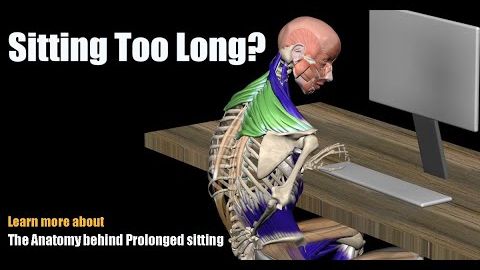久坐導致疼痛嗎?原來久坐造成的問題是這樣來的! (Pain from Sitting Too Long? The Anatomy behind Prolonged sitting)
 沒有此條件下的單字
沒有此條件下的單字US /ˈrek.əɡ.naɪz/
・
UK /ˈrek.əɡ.naɪz/
- v.t.認可;接受;賞識;承認;表彰;嘉獎;認出,認識
- v.t.過濾,濾掉;拉緊,緊繃,受到強大的壓力
- n. (c./u.)竭盡全力的;病菌或其他有機生物的品類,類型,品種
US /pəˈzɪʃən/
・
UK /pəˈzɪʃn/
- n. (c./u.)態度,觀點;位置;(團隊運動中個人所處的)位置;職位;處境;優勢
- v.t.定位;放置
- v.t.用重音讀;(施加)壓力;強調,著重指出
- n. (c./u.)重音;壓力;壓力
- v.i.(感到)壓力;緊張
